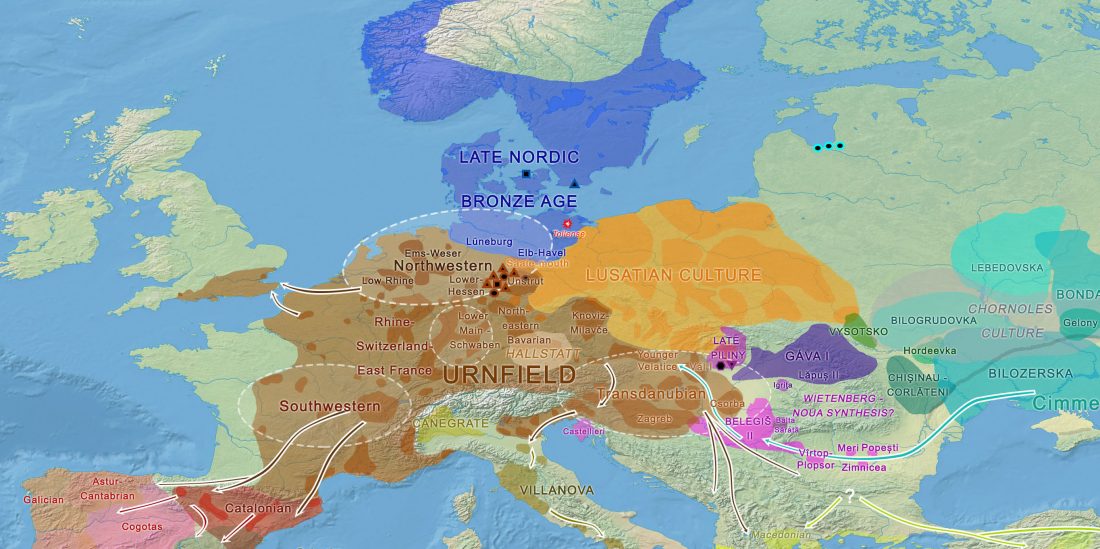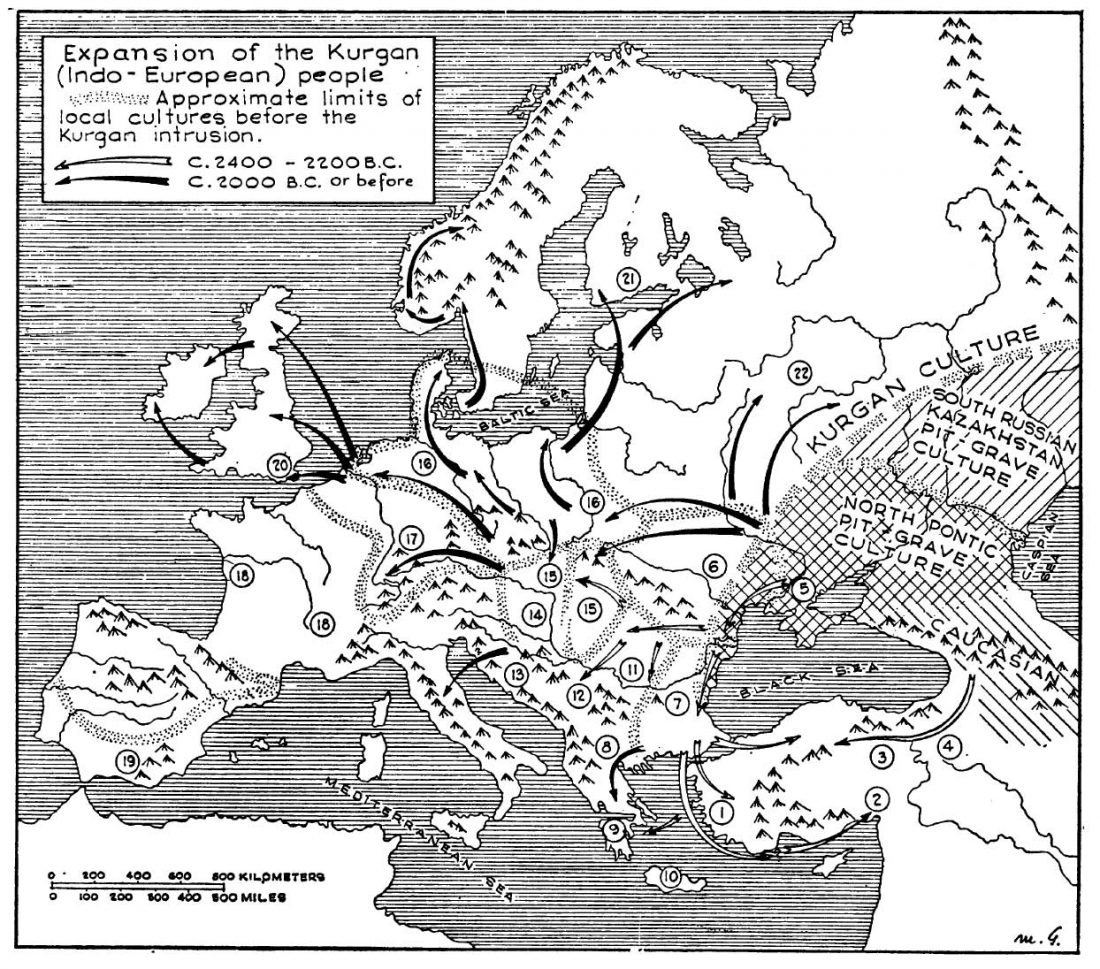Correlation does not mean causation: the damage of the ‘Yamnaya ancestral component’, and the ‘Future American’ hypothesis
Human ancestry can only help solve anthropological questions by using all anthropological disciplines involved. I have said that many times in this blog.
Correlation does not mean causation
Really, it does not.
You might think the tenet ‘correlation does not mean causation‘ must be evident at this point in Statistics, and it must also be for all those using statistical methods in their research. But it is sadly not so. A lot of researchers just look for correlation, and derive conclusions – without even an initial sound hypothesis to be contrasted… You can judge for yourself, e.g. … Read the rest “Correlation does not mean causation: the damage of the ‘Yamnaya ancestral component’, and the ‘Future American’ hypothesis”




 The official
The official 




